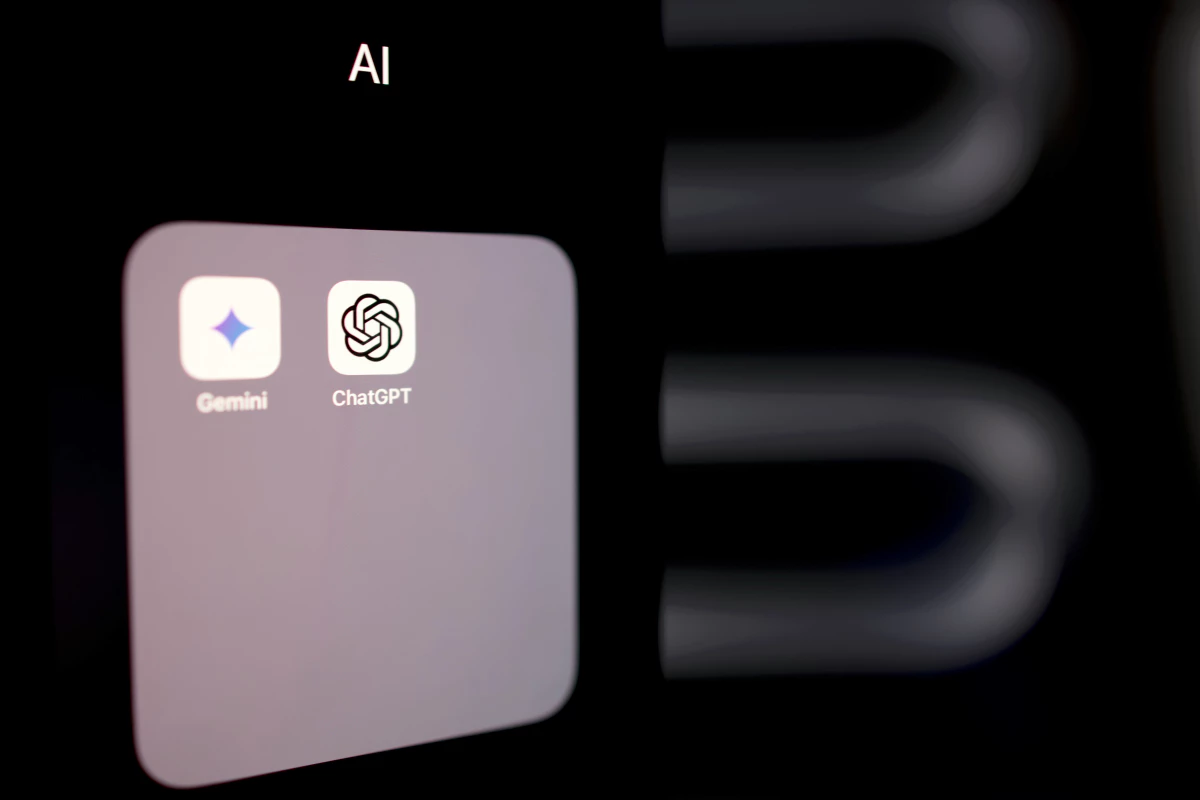
Google's Free Gemini Access for College Students
Google is implementing a strategy to provide the 'Google One AI Premium' plan free of charge to college students. This service, which normally costs $20 per month (approximately 28,000 KRW), allows college students in the United States to use it for free until July 2026 if they apply by June 30, 2025.
This plan includes AI features such as Gemini Advanced, an AI assistant within Google Workspace, and Gemini Live. It also provides 2TB of Google Drive storage, which is essential for college students.
Google One AI Premium Plan's Key Benefits Creative-assistant
Through this program, college students can experience various AI functionalities. This includes document analysis using NotebookLM Plus, which enables summarizing lecture materials or research documents, generating audio outlines, creating mind maps, and more.
Whisk also provides image and video editing functions, and you can use Gemini AI features in Google Workspace applications such as Docs, Sheets, and Slides.
Application Eligibility and Procedure
To apply for this program, you must meet several eligibility requirements. First, you must be at least 18 years of age and be a college student residing in the United States. Additionally, you must have a valid school email address with a '.edu' domain, and you need a personal Google account and Google payment account.
Students can apply through the Google website, and their student status will be verified through an authentication code sent to their '.edu' email. Benefits are available for those who register by June 30, 2025, and there will be a process to re-verify student status in 2026.
Google's AI Diffusion Strategy Analysis
Google is analyzed to have the purpose of naturally familiarizing college students with AI use, aiming to establish AI technology in future everyday learning and work environments. In particular, users who become accustomed to specific technologies during their student years tend to continue using the same technologies after graduation, which can be seen as a strategy to increase demand for AI-based productivity tools in the long term.



